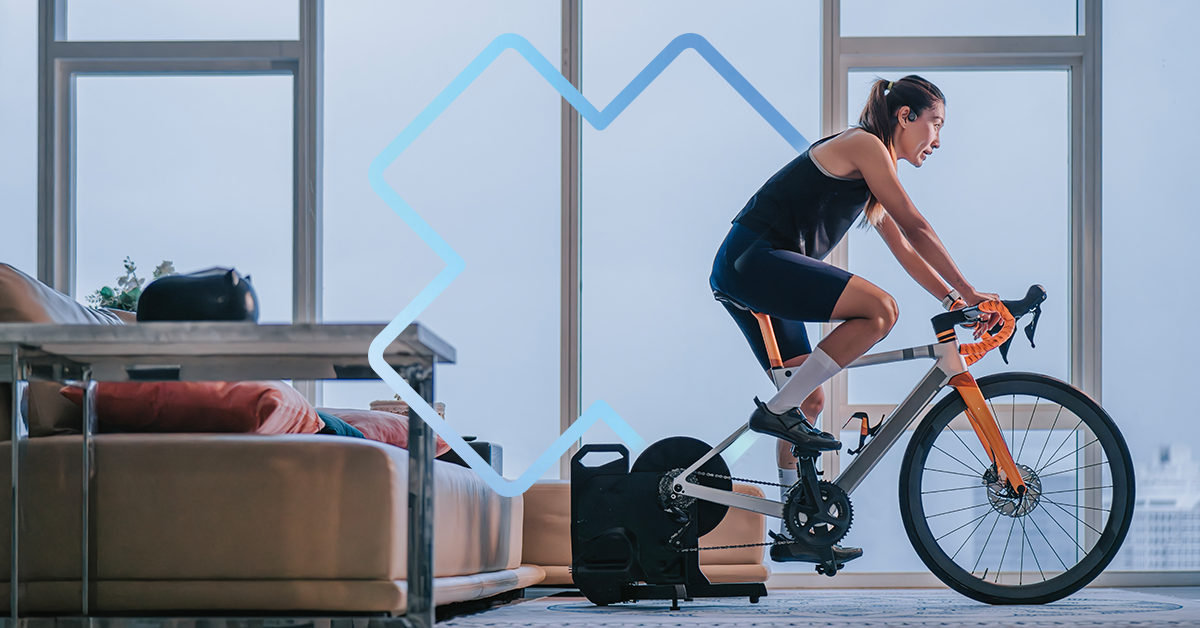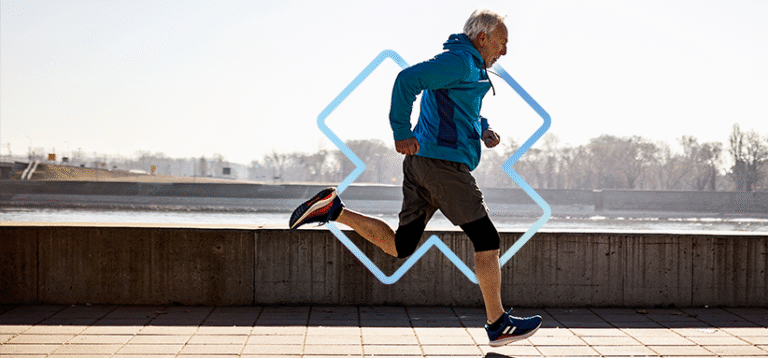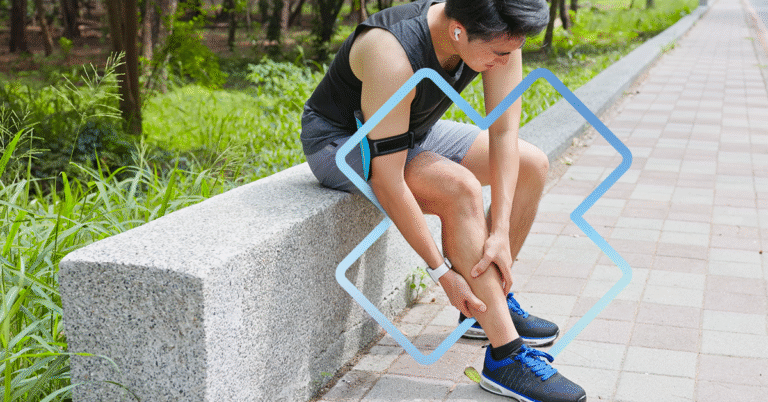The guilty pleasure of the trainer
I have a guilty pleasure: I love training on my bike trainer. There’s something hypnotic about staying in my bubble, watching my watts climb like the stock market on a euphoric day, and chaining hours together without interruption… without ever risking a car door or a distracted driver.
My record? 6 hours non-stop. Not a Guinness record yet, but probably a respectable entry in the DSM-5.
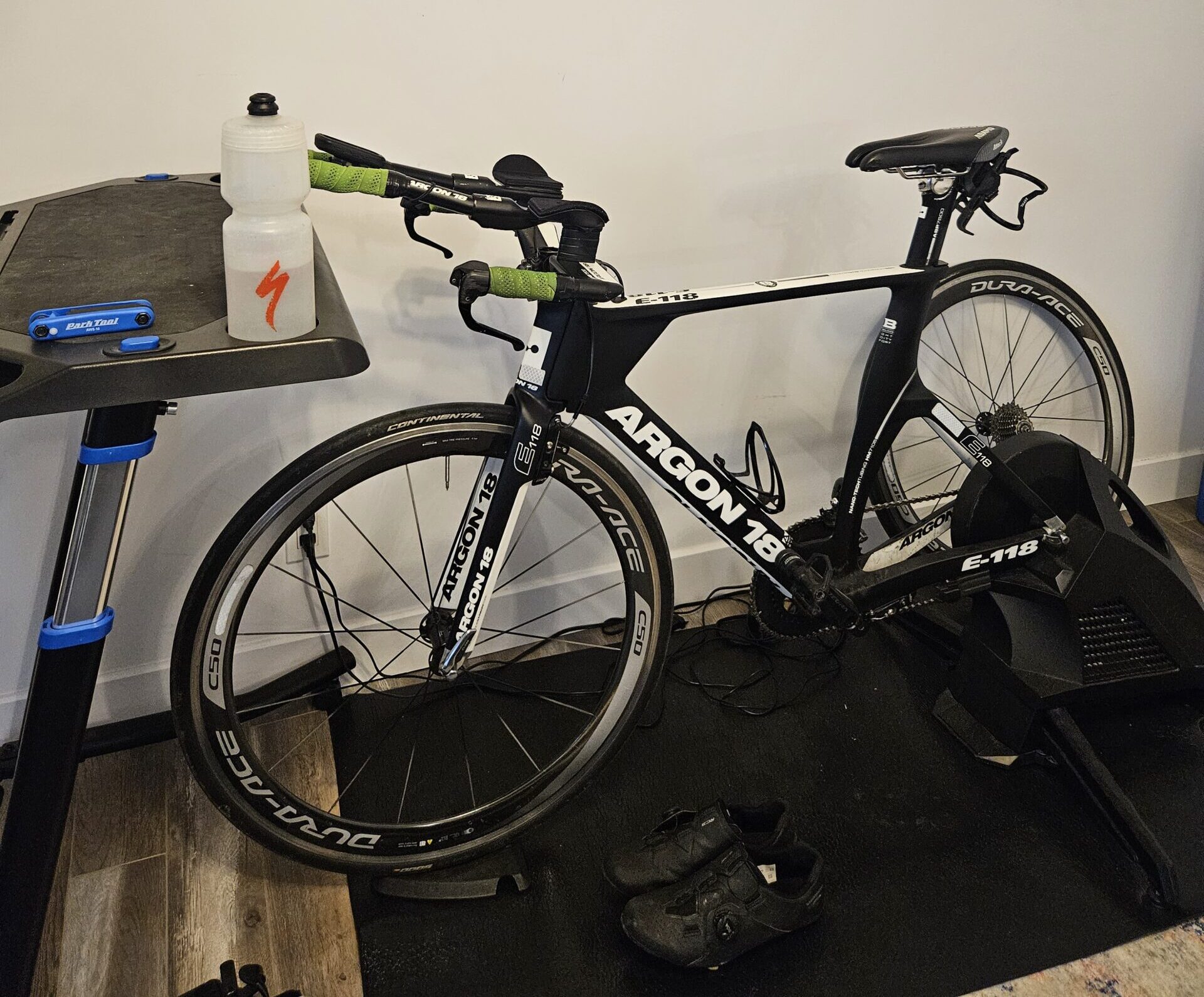
Can you swap the road for the trainer?
That’s the real question. If you’re preparing for a bike race or a triathlon, can you completely replace outdoor rides with trainer sessions?
I wanted to test it on myself: for my Ironman Ottawa, I did 90% of my rides indoors, despite my coach’s advice.
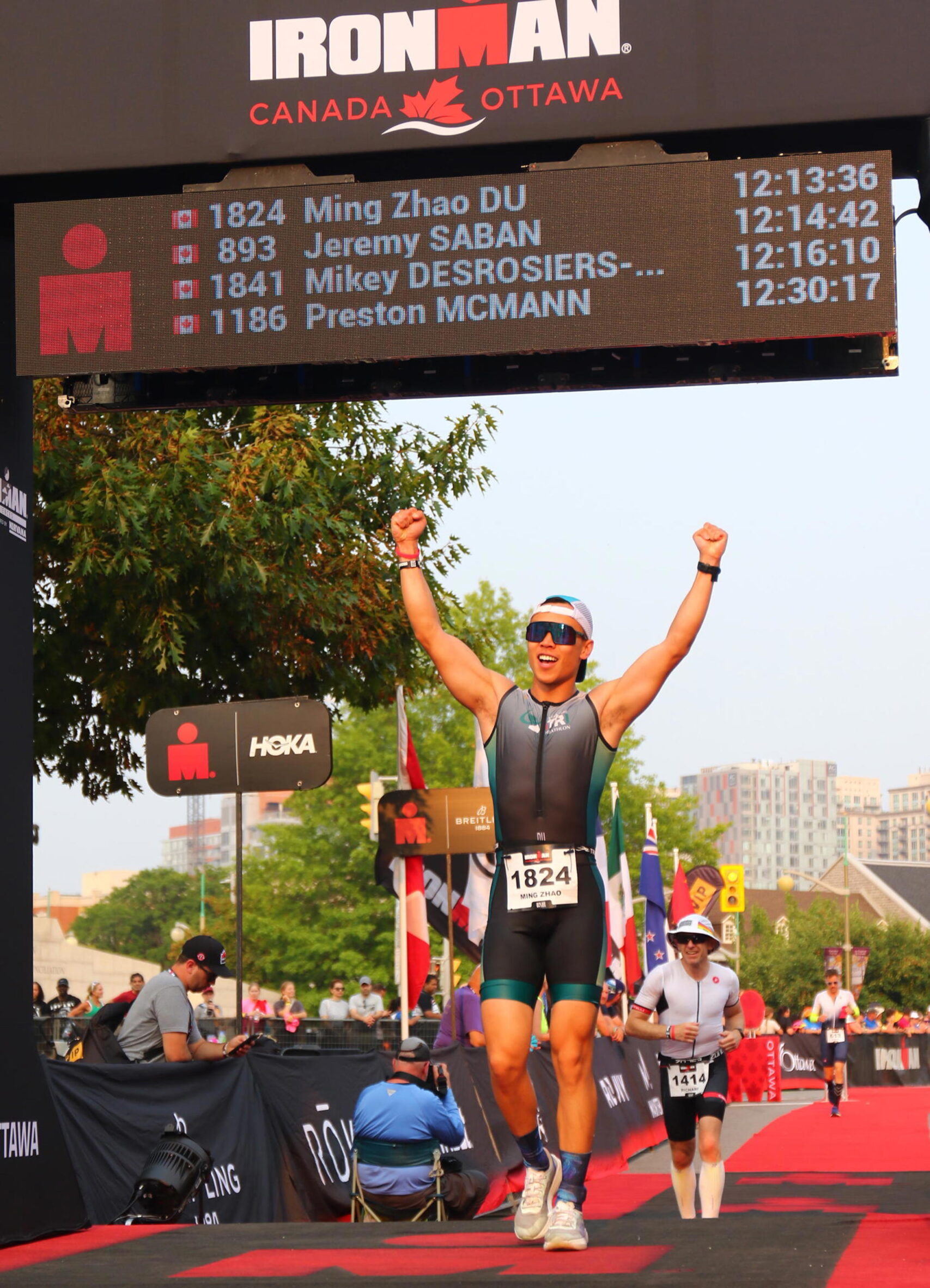
The advantages of indoor cycling
- Power control: nothing beats the trainer for precisely hitting your target zones and measuring progress.
- Total efficiency: no red lights and no descents—just steady, well-dosed suffering.
- Complete control: temperature, cadence, gradient, power… everything is dialed, and the mental load drops.
- Safety: no cars, no ice, no potholes.
- Express setup: in 5 minutes, you’re ready to ride. A real joy when your schedule is packed.
- Data, data, data: for Strava nerds, it’s paradise.
You can even watch your favorite show at the same time!
And of course, consistency: rain, snow, or wind—your training plan doesn’t change—always on the same Watopia Flat Route.
But… there’s a catch.
Studies show that perceived effort is higher indoors: less ventilation, more heat, more perceived fatigue. The trainer builds discipline, but it heats up your head… literally.
What the trainer didn’t teach me
1. Wind and the aero position
No matter how good your fan is, it will never replace real wind. Indoors, watts are everything. Outdoors, your aerodynamic position on the bike has a non-trivial impact that grows with wind, and it stimulates your body in a unique way.
Story time: at my Ironman Ottawa, after 80 km, my eyes were as dry as a desert—not used to the wind! Even your eyelid muscles need training.
2. Cornering and surges
On the trainer, everything is linear. Outside, every corner, every brake, every hill engages your coordination and stabilizers. On the trainer, you turn watts. Outside, you ride a bike.
3. The mental and the social
Riding outside means facing the elements, but also feeding your head and your heart. It’s motivating, stimulating… and social! I missed several group rides this summer because I was “in Zone 3 on Zwift.” My FTP went up, but not my relationships.
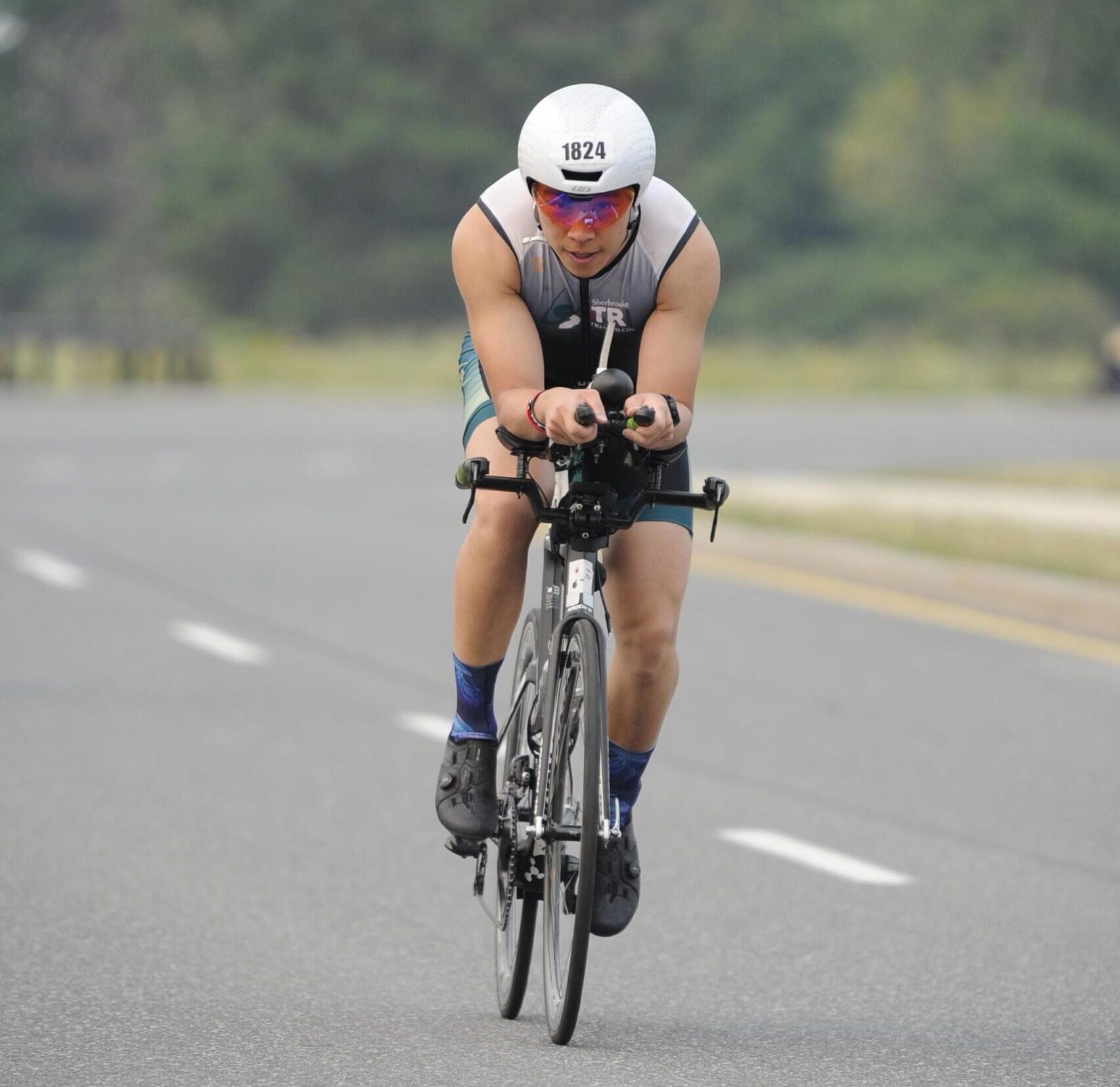
So, indoor (trainer) or outdoor?
The science is clear:
- The trainer develops power, consistency, and precision.
- Outdoors builds resilience, coordination, and instinct.
Together, they make the complete athlete: disciplined in effort, but free in movement.
Scientific references (sources)
- Training, environmental and nutritional practices in indoor cycling. Frontiers in Sports and Active Living, 2024.
- Zouhal, H. et al. (2019). Comparison of mechanical power output during outdoor and indoor cycling. Eur J Appl Physiol, 119(12), 2687–2695.
- Muscle activation differences between outdoor and indoor cycling. Delft University of Technology Repository, 2023.

